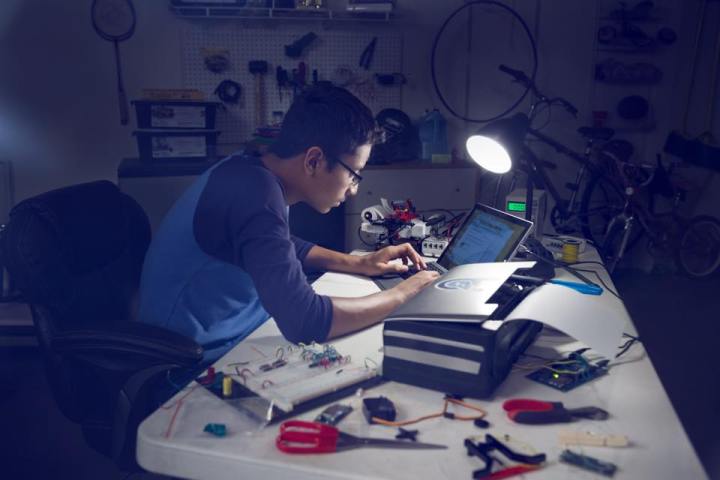
Earlier this week, Braigo Labs launched a beta version of its service aimed at helping the visually impaired and blind recognize text placed on images. It’s the first release of a larger overall platform aimed at making the web more accessible to those with visual impairment.
Braigo currently exists as a free web app for anyone who may need accessibility solutions. It supports more than 50 languages, and can extract text from images from a variety of sources, TechCrunch reports. And while screen readers are nothing new, Braigo is unique in its ability to help individuals read text that’s laid atop images, or screengrabs of text.
“This is our step towards the right direction,” Shubham Banerjee, the 15-year-old founder of Braigo Labs told TechCrunch. “We are looking at Braigo as a whole product that creates, support, and expands an ecosystem for the visually impaired. Not simply as a stand-alone software or hardware tool.”
Banerjee has been in the business of helping the blind for a few years now, making headlines two years ago when he was just 13 for raising money from Intel Capital for his Lego Braille printing project. And now, a couple years later, he’s founded Braigo Labs, which seeks to develop “humanely optimized” technologies to benefit people worldwide.
“Braigo Labs feels that technology can bridge the gap by creating a software platform for the visually impaired,” said the company in its latest press release. “We embarked on a journey to create one platform for accessibility needs with a road map that will try to integrate new and existing technologies as a complete solution under the Braigo Platform umbrella.”


